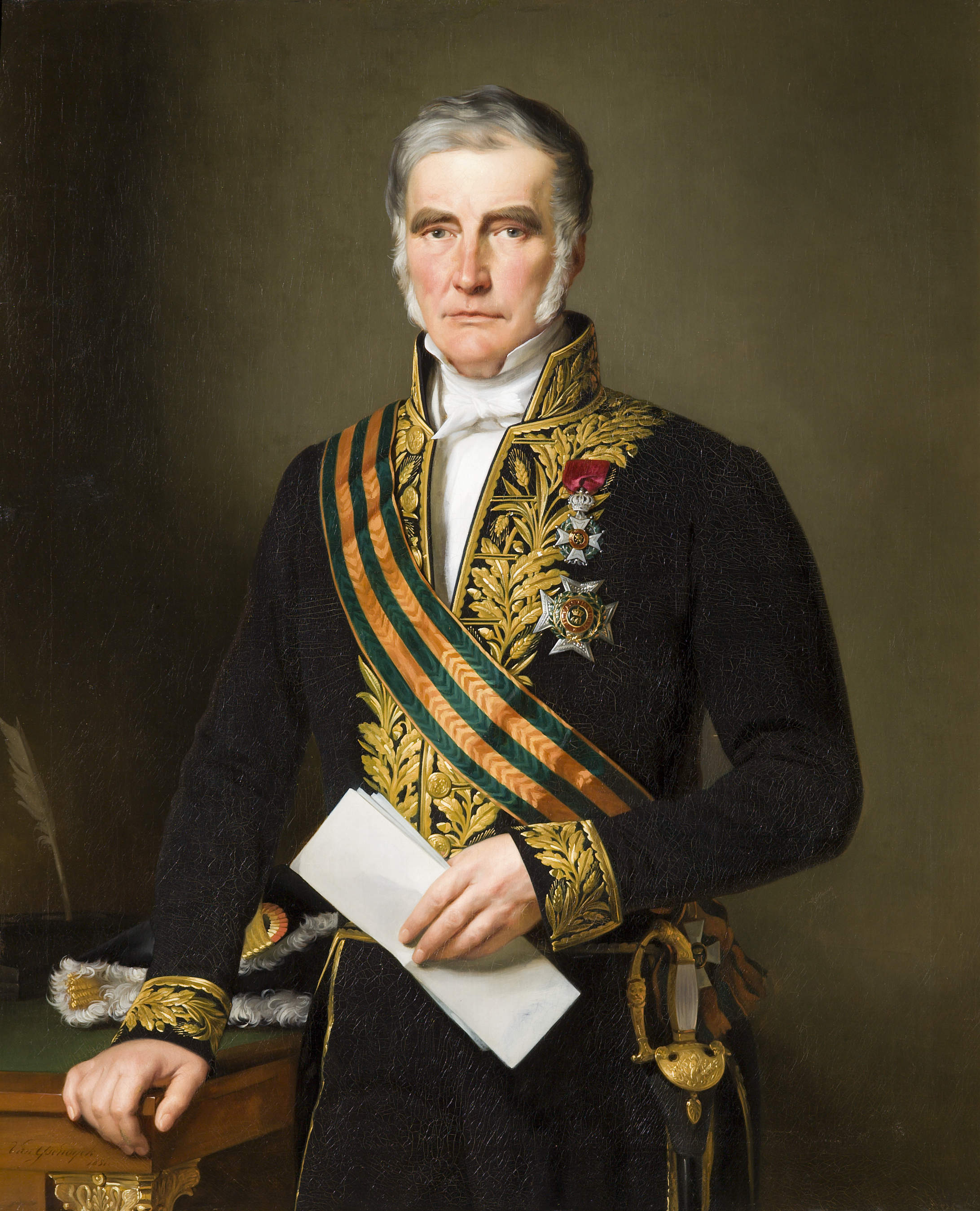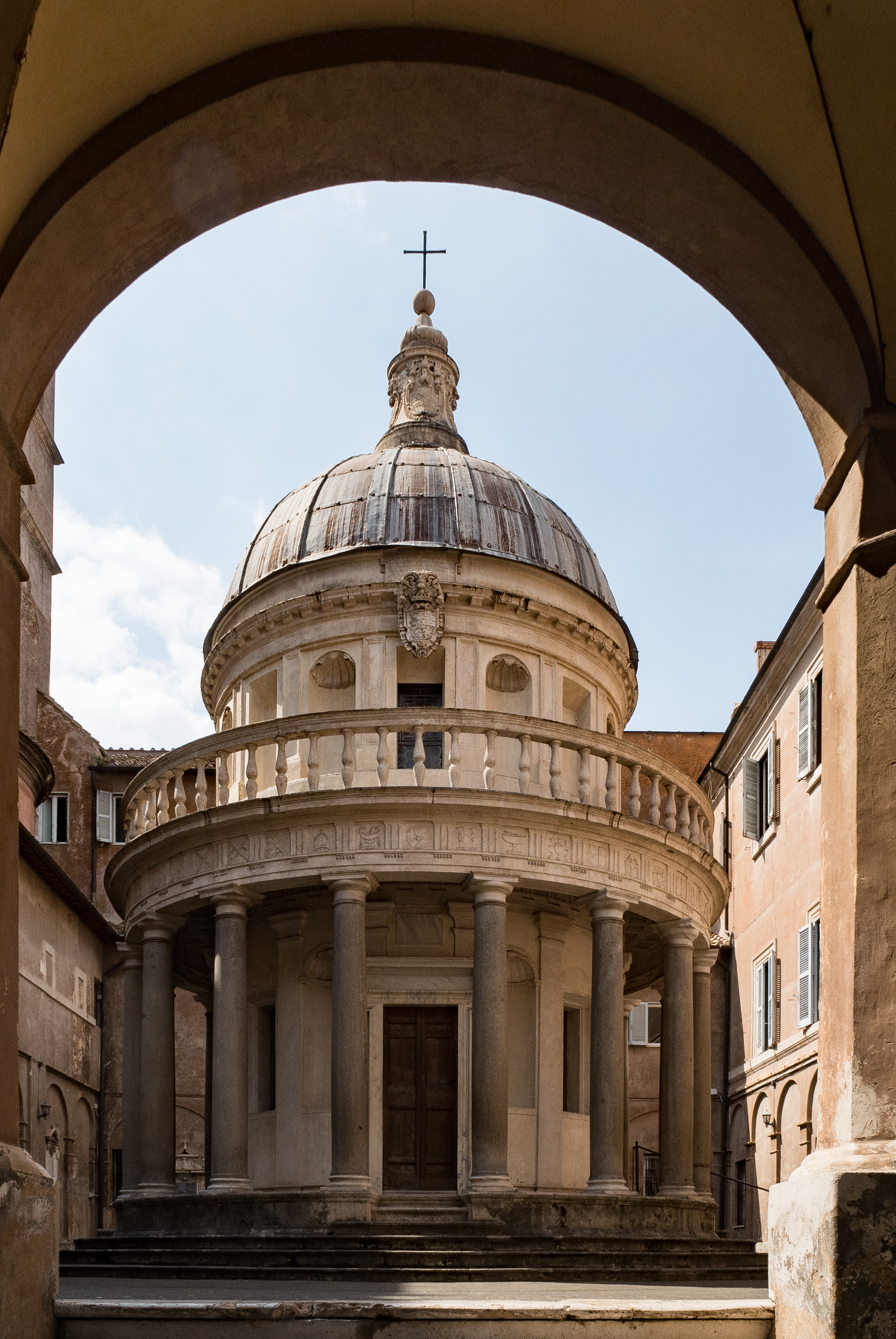|
Ooidonk Castle
Ooidonk Castle ( nl, Kasteel Ooidonk) is a castle in the city of Deinze, East Flanders, Belgium. The castle is the residence of the current Count t'Kint de Roodenbeke. Ooidonk Castle is situated at aaltitude of 11meters. History Ooidonk is already mentioned in 1230 : "Nicolas, chaplain of Hodunc". A fortress was first built on the site of the current castle, intended to defend the city of Ghent and to fortify the river Leie. This fortress was owned by Jean de Fosseux, lord of Nevele. The castle was destroyed for the first time in 1491 by the people of Ghent in revolt against Maximilian of Austria. In 1568, Philippe II de Montmorency-Nivelle, Count of Hornes, Lord of Nevele and owner of the estate was beheaded, along with the Count of Egmont, by the Duke of Alba in Brussels. In 1579, during the wars of religion, the castle, defenseless, was destroyed by the Ghent Calvinists. The ruins and lands were later acquired by Martin della Faille, a notable merchant from Antwer ... [...More Info...] [...Related Items...] OR: [Wikipedia] [Google] [Baidu] |
Calvinism
Calvinism (also called the Reformed Tradition, Reformed Protestantism, Reformed Christianity, or simply Reformed) is a major branch of Protestantism that follows the theological tradition and forms of Christian practice set down by John Calvin and other Reformation-era theologians. It emphasizes the sovereignty of God and the authority of the Bible. Calvinists broke from the Roman Catholic Church in the 16th century. Calvinists differ from Lutherans (another major branch of the Reformation) on the spiritual real presence of Christ in the Lord's Supper, theories of worship, the purpose and meaning of baptism, and the use of God's law for believers, among other points. The label ''Calvinism'' can be misleading, because the religious tradition it denotes has always been diverse, with a wide range of influences rather than a single founder; however, almost all of them drew heavily from the writings of Augustine of Hippo twelve hundred years prior to the Reformation. T ... [...More Info...] [...Related Items...] OR: [Wikipedia] [Google] [Baidu] |
Museums In East Flanders
A museum ( ; plural museums or, rarely, musea) is a building or institution that cares for and displays a collection of artifacts and other objects of artistic, cultural, historical, or scientific importance. Many public museums make these items available for public viewing through exhibits that may be permanent or temporary. The largest museums are located in major cities throughout the world, while thousands of local museums exist in smaller cities, towns, and rural areas. Museums have varying aims, ranging from the conservation and documentation of their collection, serving researchers and specialists, to catering to the general public. The goal of serving researchers is not only scientific, but intended to serve the general public. There are many types of museums, including art museums, natural history museums, science museums, war museums, and children's museums. According to the International Council of Museums (ICOM), there are more than 55,000 museums in 202 countrie ... [...More Info...] [...Related Items...] OR: [Wikipedia] [Google] [Baidu] |
Castles In East Flanders
A castle is a type of fortified structure built during the Middle Ages predominantly by the nobility or royalty and by military orders. Scholars debate the scope of the word ''castle'', but usually consider it to be the private fortified residence of a lord or noble. This is distinct from a palace, which is not fortified; from a fortress, which was not always a residence for royalty or nobility; from a ''pleasance'' which was a walled-in residence for nobility, but not adequately fortified; and from a fortified settlement, which was a public defence – though there are many similarities among these types of construction. Use of the term has varied over time and has also been applied to structures such as hill forts and 19th-20th century homes built to resemble castles. Over the approximately 900 years when genuine castles were built, they took on a great many forms with many different features, although some, such as curtain walls, arrowslits, and portcullises, were ... [...More Info...] [...Related Items...] OR: [Wikipedia] [Google] [Baidu] |
Buildings And Structures Completed In The 16th Century
A building, or edifice, is an enclosed structure with a roof and walls standing more or less permanently in one place, such as a house or factory (although there's also portable buildings). Buildings come in a variety of sizes, shapes, and functions, and have been adapted throughout history for a wide number of factors, from building materials available, to weather conditions, land prices, ground conditions, specific uses, prestige, and aesthetic reasons. To better understand the term ''building'' compare the list of nonbuilding structures. Buildings serve several societal needs – primarily as shelter from weather, security, living space, privacy, to store belongings, and to comfortably live and work. A building as a shelter represents a physical division of the human habitat (a place of comfort and safety) and the ''outside'' (a place that at times may be harsh and harmful). Ever since the first cave paintings, buildings have also become objects or canvasses of much artist ... [...More Info...] [...Related Items...] OR: [Wikipedia] [Google] [Baidu] |
List Of Castles In Belgium
A ''list'' is any set of items in a row. List or lists may also refer to: People * List (surname) Organizations * List College, an undergraduate division of the Jewish Theological Seminary of America * SC Germania List, German rugby union club Other uses * Angle of list, the leaning to either port or starboard of a ship * List (information), an ordered collection of pieces of information ** List (abstract data type), a method to organize data in computer science * List on Sylt, previously called List, the northernmost village in Germany, on the island of Sylt * ''List'', an alternative term for ''roll'' in flight dynamics * To ''list'' a building, etc., in the UK it means to designate it a listed building that may not be altered without permission * Lists (jousting), the barriers used to designate the tournament area where medieval knights jousted * ''The Book of Lists'', an American series of books with unusual lists See also * The List (other) * Listing ... [...More Info...] [...Related Items...] OR: [Wikipedia] [Google] [Baidu] |
T'Kint De Roodenbeke
t'Kint de Roodenbeke is a bourgeois and noble family from Belgium. They are the current owners of the Ooidonk Castle in the city of Deinze, East Flanders. History At first the families of t'Kint and de Roodenbeke were separate families, both from the Brussels region and predominantly active in the textile industry of the eighteenth century. The de Roodenbeke family was one of the Seven Noble Houses of Brussels, forming the patrician class of that city to whom special privileges in the government were granted until the end of the Ancien Régime. While not one of the original seven families, t'Kint was granted membership through the female lineage of de Roodenbeke marrying into the t'Kint family. Several members have been deans of guilds or have held public office as councilor or vice-mayor as members of the Brussels Nations, or alderman as a member of the Noble Houses. Some members were ennobled in the eighteenth century. The first one carrying the combined name of t'Kin ... [...More Info...] [...Related Items...] OR: [Wikipedia] [Google] [Baidu] |
Minister Of State (Belgium)
The Minister of State ( nl, Minister van Staat, french: Ministre d'État, german: Staatsminister) is an honorary title in Belgium. It is formally granted by the Belgian monarch, but on the initiative of the Belgian federal government. It is given on a personal basis, for life rather than for a specified period. The title is granted for exceptional merits, generally to senior politicians at the end of their party careers. It is not lost after a criminal conviction ( Guy Spitaels, Willy Claes). Ministers of state are often former cabinet members or party leaders. Ministers of State advise the Sovereign in delicate situations, with moral authority but without formal competence. They are also members of the Crown Council of Belgium. List of living ministers of state *Willy Claes – 2 December 1983 * Philippe Busquin – 26 May 1992 * Charles-Ferdinand Nothomb – 30 January 1995 *Guy Verhofstadt – 30 January 1995 * Louis Tobback – 30 January 1995 * Annemie Neyts – 30 January 19 ... [...More Info...] [...Related Items...] OR: [Wikipedia] [Google] [Baidu] |
List Of Presidents Of The Senate (Belgium)
The president of the Senate ( nl, Voorzitter van de Senaat, french: Président du Sénat) is the presiding officer of the upper house of the Federal Parliament of Belgium. The current president of the Senate is Stephanie D'Hose. It is custom that the president gets its portrait painted by an artist, in the collection of art of the Senate some famous works can be found like portraits painted by Alfred Cluysenaar. See also *Belgian Senate *List of presidents of the Belgian Chamber of Representatives *Politics of Belgium Notes Sources *{{cite book , last = Laureys , first = Véronique , author2=Mark Van den Wijngaert , author3=Luc François , author4=Emmanuel Gerard , author5=Jean-Pierre Nandrin , author6=Jean Stengers , title = De geschiedenis van de Belgische Senaat: 1831-1995 , publisher = Tielt: Lannoo , year = 1999 , isbn = 90-209-3682-4 External linksOfficial Website of the Belgian Senate__NOTOC__ * Presidents of the Senate Belgium Belg ... [...More Info...] [...Related Items...] OR: [Wikipedia] [Google] [Baidu] |
House Of T'Kint De Roodenbeke
t'Kint de Roodenbeke is a bourgeois and noble family from Belgium. They are the current owners of the Ooidonk Castle in the city of Deinze, East Flanders. History At first the families of t'Kint and de Roodenbeke were separate families, both from the Brussels region and predominantly active in the textile industry of the eighteenth century. The de Roodenbeke family was one of the Seven Noble Houses of Brussels, forming the patrician class of that city to whom special privileges in the government were granted until the end of the Ancien Régime. While not one of the original seven families, t'Kint was granted membership through the female lineage of de Roodenbeke marrying into the t'Kint family. Several members have been deans of guilds or have held public office as councilor or vice-mayor as members of the Brussels Nations, or alderman as a member of the Noble Houses. Some members were ennobled in the eighteenth century. The first one carrying the combined name of t'Kin ... [...More Info...] [...Related Items...] OR: [Wikipedia] [Google] [Baidu] |
Renaissance Architecture
Renaissance architecture is the European architecture of the period between the early 15th and early 16th centuries in different regions, demonstrating a conscious revival and development of certain elements of ancient Greek and Roman thought and material culture. Stylistically, Renaissance architecture followed Gothic architecture and was succeeded by Baroque architecture. Developed first in Florence, with Filippo Brunelleschi as one of its innovators, the Renaissance style quickly spread to other Italian cities. The style was carried to Spain, France, Germany, England, Russia and other parts of Europe at different dates and with varying degrees of impact. Renaissance style places emphasis on symmetry, proportion, geometry and the regularity of parts, as demonstrated in the architecture of classical antiquity and in particular ancient Roman architecture, of which many examples remained. Orderly arrangements of columns, pilasters and lintels, as well as the use of semici ... [...More Info...] [...Related Items...] OR: [Wikipedia] [Google] [Baidu] |





